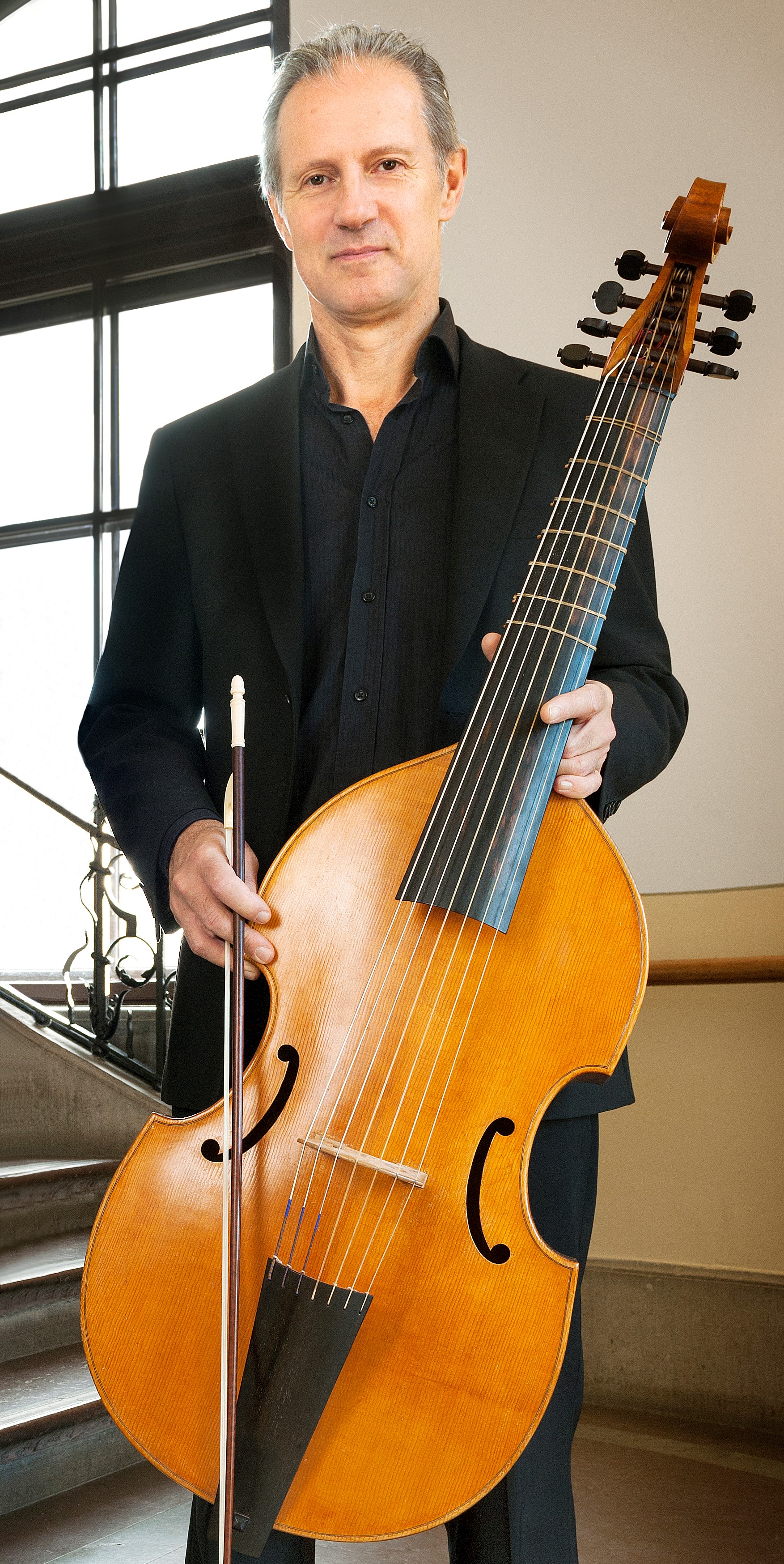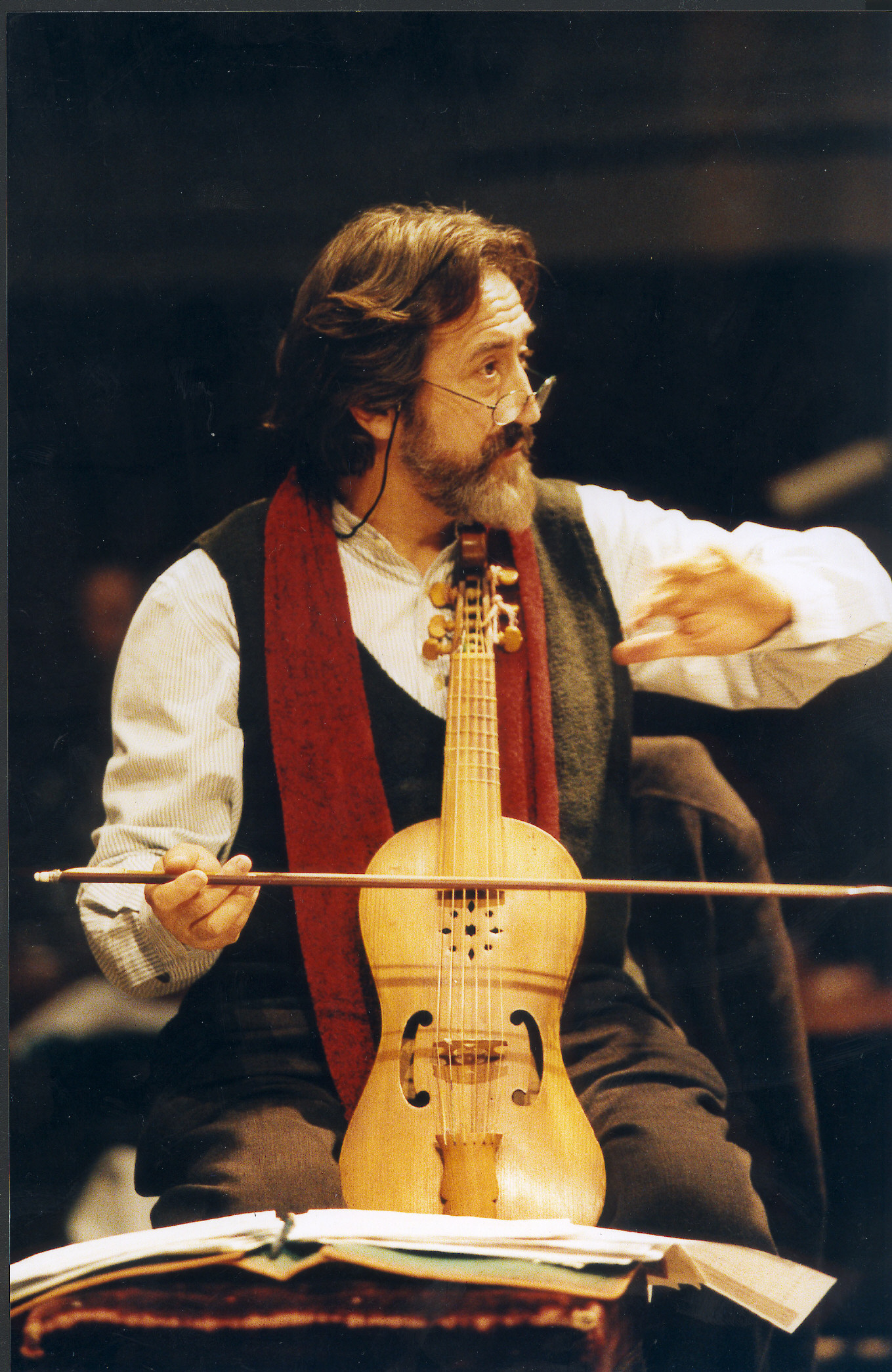Outstanding Swedish viola da gambist, Leif Henrikson, will visit Australia for the first time in May/June 2019 as a guest of The Marais Project. He will perform in the ensemble’s 20th Anniversary concerts. Leif studied in Basel, Switzerland, with the great Jordi Savall and is a long-term friend and colleague of lutenist, Tommie Andersson. Philip Pogson spoke with Leif prior to The Marais Project’s 20th Anniversary Concert on May 26. A second concert will be held on June 2 at The Rose Room, Burradoo.
______________________________________________
Philip Pogson (PP): Leif, how did you come to meet the Marais Project’s lutenist, Tommie Andersson? When did you last play together?
Leif Henrikson (LH): We met through common friends and decided more or less immediately to play together. This must have been sometime during 1980 – which makes me realize how many years ago it was. At the time I lived in Stockholm and Tommie in Gothenburg, which has a distance of approximately 300 km, but that didn’t stop us from playing and rehearsing quite regularly. In February, 1982 I went to study in Basel and Tommie followed in August/September the same year. Two years later Tommie moved to Australia. After that, understandably enough, we didn’t see each other that often. When you ask me when we last played together, I get slightly embarrassed. I can’t really remember if we performed together after Tommie left for Australia. It’s possible that I have some old programs that can refresh my memory. In any case, I’m really thrilled by the fact that we will soon have the opportunity to play together again.
PP: For readers in Australia, can you please describe the early music scene in Sweden? Many of us would know about the Stockholm Early Music Festival (SEMF) but not much more.
LH: Regarding festivals exclusively focussed on early music I would say that currently the SEMF is the only one. Although the number of Swedish musicians and ensembles dedicated to early music has increased over the last decades, baroque music/instruments (not to mention the viol or the theorbo) is still something quite unknown for the broad concert audience. So where can you perform early music in Sweden? There are several festivals offering classical music, associations arranging concerts with chamber music, many churches with concerts during the summer, not specifically for early music but for classical music in general. With a nice presentation, and some CD recordings, you have a good chance to be invited to perform an early music program at a more mainstream concert series. But compared to countries like Germany, Austria and France, Sweden must be considered as peripheral regarding the early music scene.
PP: What was it like to study in Basel with Jordi Savall?
LH: It was a very inspiring and educational period lasting for 5 years. The teacher-pupil learning situation creates a very close relationship of course. At times, this leads to a certain kind of tension that many of my fellow musicians may be able to relate to, but overall, it was a very productive period of my life. It was Jordi’s Marais recordings that opened up a new magical musical world for me. Almost immediately I decided that I wanted to go to Basel and study with him. When I left Sweden for Basel in February, 1982 I was certain that I would be back in Stockholm after half a year. I could never imagine that it would last another eight years before I returned home!
Studying with Jordi was very intense and demanding but always there was a feeling of presence. This may sound a little weird, but I think this describes well how it was for me to study with him. You would probably get a totally different answer from another of his other pupils. I had great respect for Savall as a musician and viol player which together helped make me a very dedicated pupil. To have a teacher who was a great and active performer added something extra and special to the lessons. It’s difficult to pinpoint in words what it was, but my work with him was so important to my development as an artist.
PP: You’ve made several beautiful CDs which we are lucky to have copies of. What do you like and dislike about the recording process? Are you currently working on any recording projects?
LH: Thank you for those kind words! I remember my first recording as something quite scary. It was very difficult to be relaxed and spontaneous with microphones pointing at you. After years of experience, these days I find the process very inspiring, one that helps me develop my own music making. A very important part of the recording process is the people you work with – particularly the sound engineer/producer. It is crucial to be able to have creative communication with them during the sessions. Being well prepared, the sound check is done, the acoustic is fantastic – what could be better than diving into that bubble of total concentration that is the studio? Also important in doing recordings is to keep things as naturally as possible, to not use too many recording techniques.
As to my current projects, I have done a recording of music by Tobias Hume but unfortunately the project has been little delayed. Hopefully the CD will be released later this year. I’m planning to do recordings of the Buxtehude trio sonatas as well as Italian diminutions for viola bastarda, but these projects are still in the development phase.
PP: Through Tommie Andersson, who was born in Sweden, and Jenny Eriksson, whose grandfather was Swedish, The Marais Project has an interest in Swedish folk music. It seems like folk music is still very popular in Sweden.
LH: Swedish folk music is not really my domain. However, for a short period I played together with nyckelharpa – a keyed violin which is popular in Scandinavia – performing both Swedish folk music and Marais. I agree with the fact that folk music is still very popular in Sweden. There are several well-known gatherings and festivals throughout the country. Most Swedes have some reference to Swedish folk music, compared to early music or classical music. I think it is great that The Marais Project performs folk music in Sweden using Tommie’s arrangements.
PP: I first visited Sweden in 1986 and my parents were there in 1956. I love Sweden, but it is such a long way from Australia! I understand this will be your first visit “Down Under”. What are you looking forward to?
LH: It’s now a little more than three weeks until my flight to Sydney and I’m already getting excited about my first visit to Australia. I understand that Sydney is a spectacular city with a lot to offer: walking around the city centre, visiting the Sydney Harbour Bridge with the climb (sounds scary) and of course, the Opera House. It would be nice to be able to visit the beaches. I have experienced the Pacific Ocean in California and to be able to do the same thing, maybe even going for a swim, from the “other side” would be fantastic.
But the fact that I soon will be in Sydney playing with Jenny and Tommie, performing for an Australian audience, well that is really something I am really looking forward to.
What: The Marais Project celebrates its 20th Anniversary
When & Where: 3.30pm May 26, 2019 The Independent Theatre, North Sydney; 2.30pm, June 2, 2019, The Rose Room Burradoo
Tickets: Independent – https://www.theindependent.org.au/Events/The-Marais-Project/Times-and-Seasons Rose Room – https://www.classikon.com/concert/marais-project-southern-highlands-2019-jun-2/
Contact: Philip Pogson 0412 459 156; philippogson@theleadingpartnership.com.au


